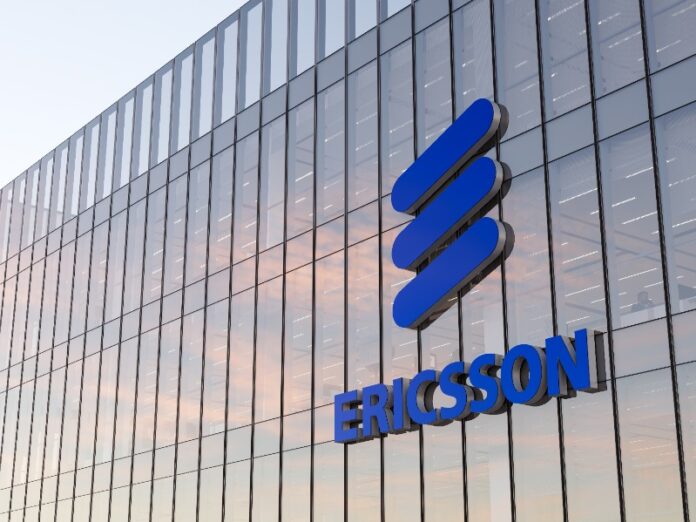Ericsson aims cut costs by SEK9 billion ($880 million) by the end of 2023
In preparation for a flat RAN market over the next three years, Ericsson revealed that it aims to cut costs by SEK9 billion ($880 million) by the end of 2023. While anticipating the market for RAN to be flat overall, the Swedish vendor did forecast an annual growth of 11% over the next three years for 5G RAN.
Seventy percent of the SEK9 billion will come from the cost of goods sold, while the other 30% will come from other areas of the business, Ericsson shared at its Capital Markets Day 2022 event.
According to the company, the flat market can be blamed on a “technology shift to 5G from earlier generation,” a shift, the company continued, that is still in its nascent days. It also said it remains committed to growing its 39% RAN market share outside of China by 1% each year by tapping into the opportunities presented by 5G and with further investment into its competitive portfolio.
When it comes to cloud software and services, Ericsson told investors that its target to “break-even in full-year 2023” remains on track, as does its plan to make gradual improvements towards “long-term sustainable profitability.” Additionally, the company is continuing to push its enterprise strategy, which focuses on monetizing 5G and establishing new revenue streams for operators.
In cloud software and services, Ericsson said it aims to address network managed services, business and operations support systems and finally core networks. “The target is to reach break-even in full year 2023, with gradual improvements towards long-term sustainable profitability.”
“Looking to 2024 and beyond, the long-term investments in mobile infrastructure are driven by underlying traffic development and these are expected to continue developing favorably; this gives confidence on the longer-term development of investments,” the vendor stated.
Because 5G is still in its early days, vendors like Ericsson and Nokia are seeing lower margins. Therefore, they are relying more heavily on patent royalties to boost profits. For Ericsson, then, its ongoing legal dispute with Apple has delivered a not-insignificant blow to that revenue stream this year. However, the pair recently settled their dispute, and so Ericsson now predicts a “significant growth potential in IPR revenue” in the next 18 months to 24 months. “The recently announced agreement puts Ericsson in a good position to pursue other currently unlicensed actors. In addition, new areas such as consumer electronics provide a further growth opportunity,” it added.
Ericsson also noted its goal of reaching the lower end of long-term target of 15-18% EBITDA margin and generating free cash flow before M&A of 9%-12% of sales by 2024.

